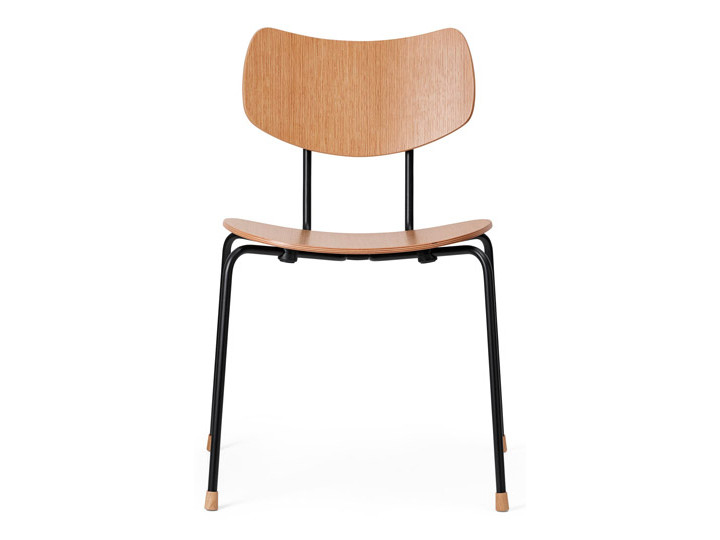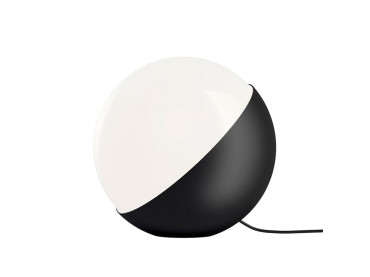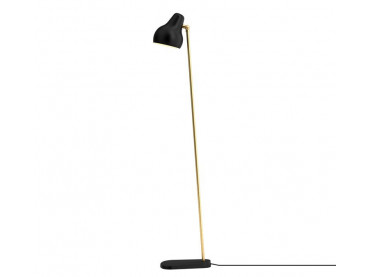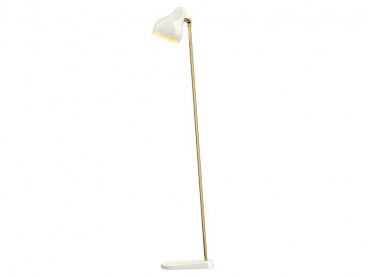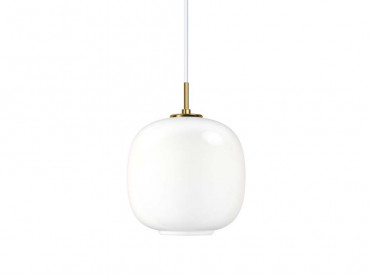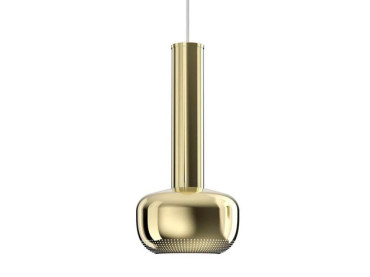Mid-Century Modern VLA26T or VEGA CHAIR chair by Vilhelm Lauritzen. New product.
-
Vilhelm Lauritzen
-
Carl Hansen & Søn
- CH006 On demand. Delivery time 8-10 weeks
Mid-Century Modern VLA26T or VEGA CHAIR chair by Vilhelm Lauritzen. New product. *Required step
In order to help you to choose, and to receive samples, do not hesitate to contact us by email: contact@galerie-mobler.com or by phone: 01 43 33 20 12
The distinctive expression of Danish designer Ole Wanscher’s OW58 T-Chair challenges the art of the possible without compromising craftsmanship or comfort. Adjusted only in height to provide optimum ergonomics for today’s design enthusiasts who have grown taller since 1958, the sculptural piece embodies both classic and modern lines to give the chair a light and elegant appearance.
The result of careful processing and many carpentry hours to achieve smooth transitions in the sustainable wood joints, the chair’s most striking detail is the T-shaped backrest which merges seamlessly with the tightly placed back legs, giving the chair a three-legged appearance. Despite its light expression, the T-Chair has a wide, upholstered seat that provides excellent comfort, making it ideal for dining use.
| Year | 1956 |
| Dimensions | L56 x P43,5 x H80,5 cm – H seat 46 cm |
| Material | Plywood, steel. |
| Style | Classique Neuf |
| Origin | Denmark |
| Fournisseur | Carl Hansen & Søn |
Vilhelm Lauritzen
Vilhelm Lauritzen (1894–1984) is one of the most significant architects in the history of Denmark; he was the trail-blazing figurehead of Danish functionalism. A number of his buildings – Nørrebro Theatre (1931–32), Daells Varehus department store (1928–35), Radiohuset (1936-41) and the first airport built in Kastrup (1937–39) – represented the concentrated essence of contemporary life. Other significant buildings to stem from Lauritzen’s drawing board include Folkets Hus (1953–56) better known today as the Vega concert venue, the Shellhuset (1950–51) building and the Danish embassy in Washington (1958–60). In particular the Radiohuset building and the earliest version of Kastrup Airport – both listed today – are considered peerless monuments to modernism in the European genre of construction.
Throughout his life, Vilhelm Lauritzen adhered to the principle that architecture is applied art – with equal emphasis on both ‘art’ and ‘applied’. “No life without aesthetics” was another one of Vilhelm Lauritzen’s firmly held beliefs.
Vilhelm Lauritzen mastered both daylight and artificial lighting. He consistently involved daylight in his architectural projects by including large south- and west-facing windows that neatly mixed warm sunlight with the cooler sky light flowing in through windows facing north and east. It was an approach that shifted focus from the limited wall surfaces in the room itself. People, furnishings and fittings are highlighted and shaded in the sculptural light.
Lauritzen’s fixtures light up with the same idea. They combine strongly directed light that produces sharp shadows with a gentler, more diffuse illumination that softens and shades the rooms.
The first light fitting Vilhelm Lauritzen designed was created in 1926–29 for Fritzsches Glashandel and named the Universal pendant.
As a true functionalist, Vilhlem Lauritzen dedicated his entire life to continuing to develop and improve his light fixtures.
Vilhelm Lauritzen’s first fixtures, which he designed for Radiohuset, started to appear in Louis Poulsen catalogues in the middle of the 1940s.
In the 1950s – in step with the progress on his major construction assignments – the Lauritzen range expanded to comprise a broad, varied selection of fittings.
In the Louis Poulsen magazine NYT, which Poul Henningsen founded and edited until his death in 1967, no punches were pulled when Vilhelm Lauritzen and PH exchanged opinions about lighting and lights. PH accorded Lauritzen the role of ‘one of the leading figures in modern architecture.’ So it was with love and respect that PH penned his columns, which were famous for their outspoken criticism of Lauritzen’s light fixtures. PH demanded that there be a clear explanation behind every form and shape – ideally a rational and scientific one. Lauritzen was quick to respond and to defend his light fittings, which were indisputably created on the basis of engineering studies and considerations of functionality. (NYT 148 and 149, 1954.)
Louis Poulsen’s continued working relationship with Vilhelm Lauritzen Arkitekter
In 1969, Lauritzen left the drawing office he had founded in 1922, but the office has continued working ever since, under the guidance of several generations of partners. Vilhelm Lauritzen Arkitekter remains one of the most significant firms of architects in Denmark.
Over the years, Louis Poulsen has worked with VL Arkitekter on a variety of projects. For example, in 1984 architect Jens Ammundsen from the drawing office worked with Louis Poulsen on a new studio lamp for Radiohuset, a halogen model that LP subsequently marketed.
I 2004, Louis Poulsen and Vilhelm Lauritzen Arkitekter teamed up with the ceiling specialists Rockfon Lofter and the ventilation company Lindab to tackle a major project whose intention was to create a ceiling system that aesthetically integrated all the necessary functions: acoustics, illumination and ventilation. The partnership was awarded the Danish Design Prize in 2007.

